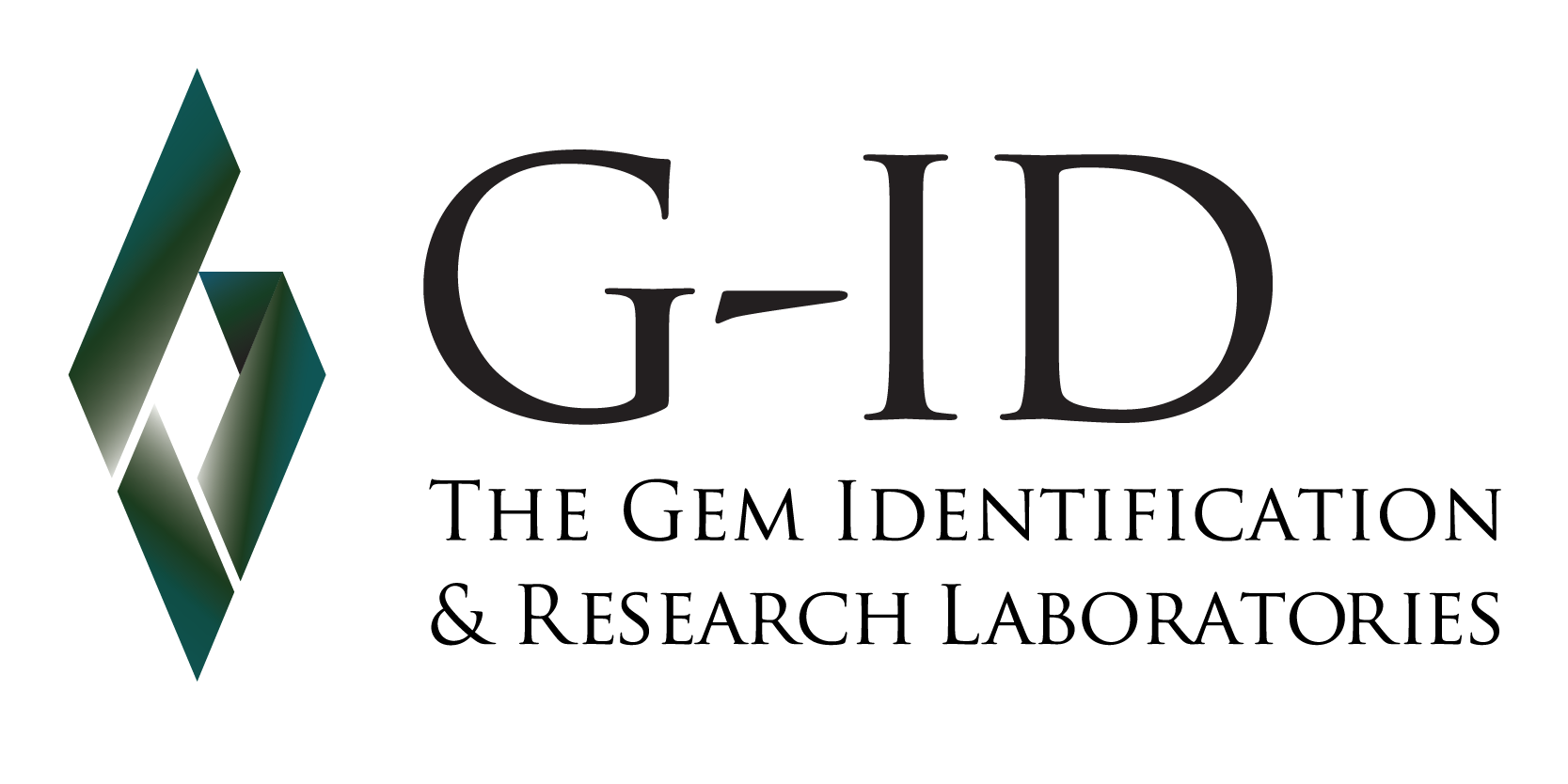Analytical Techniques
G-ID takes pride in being a state-of-the-art testing facility that utilizes cutting-edge instrumentation for gemstone characterization and research. Our team consists of highly experienced and knowledgeable experts who can provide comprehensive solutions for various challenges. The technologies and techniques employed in our laboratory can be described as follows:
Basic Equipment and Gemmological Microscope
Basic equipment (BE), including refractometer, polariscope, specific gravity balance, 10x loupe, UV lamps, handheld spectroscope, chelsea filter, dichroscope and fibre-optic light, is traditionally essential tools that can provide characteristics for gemologists in order to identify species and authenticity of gems in question. The gemmological microscope is probably the most important equipment for the observation of internal features (so-called “inclusions”) of gemstones. Inclusions are an important source of information in the gemological evaluation process. By using a microscope, heat treatments, country of origin, and other clarity enhancements can be identified.
High-Resolution Photomicrography
The system can record the microscopic world of gemstones using a breakthrough microscope with up to 270x magnification and at high level of parfocality. The result is an uncompromised, larger zoom and minimal aberrations over the entire range, all details even as small as a pinpoint can be revealed by a well-equipped camera.
Fourier Transform Infrared Spectroscopy (FTIR)
FTIR uses the principle of atomic vibration, which is defined by stretching and bending modes in the molecule of gems or minerals when exposed to mid-near infrared light ranging from 7500 – 400 cm-1. These wavelengths can be absorbed, transmitted, or reflected by the sample being analyzed. Basically, all gemstones have characteristic vibrational energies in the infrared region that can be used for identification. We used FTIR for identification of synthetic and natural gemstones, clarity modification in emerald, polymer impregnation in jade, as well as the detection of diamond type.
Energy Dispersive X-Ray Fluorescence Spectroscopy (EDXRF)
EDXRF is an analytical technique that uses the interaction of X-rays with a material to determine its elemental composition. X-rays emission of the particular energies characteristic can help gemologist knows the rough quantity of chemical composition in a gem. The presence of certain trace elements can also indicate natural gemstone from the synthetic counterpart. In addition, rubies, sapphires, or emeralds that have different countries of origins often exhibit a characteristic combination of trace element compositions at different concentrations. It enables gemmologists to determine the geographic origin of gemstones.
Raman Spectroscopy
The Raman Spectroscopy applies a laser to illuminate the sample and record its Raman spectrum which can help gemmologist identify a gem or mineral species. The Raman spectrum is examined and compared with the known spectra of different kinds of gem materials collected as a reference library. Raman is an ideal method for the examination of marketable gemstones due to its nondestructive technique and without the need for sample preparation. It can be used to detect some enhancement in certain stones, such as fissure fillers in emerald and resin or polymer impregnated in jadeite.
Photoluminescence Spectroscopy (PL)
PL spectroscopy is an instrument that used the same optical setup and configuration as Raman does. However, it rather detects growing light of gemstone when illuminated by a laser and recorded as a plot of emitted light intensity against wavelength on the spectrum. This technique is an indispensable tool we used for distinguishing treated and lab-grown diamonds from their natural counterparts. PL spectroscopy can be useful for other gem materials. For example, separating natural ruby and spinel from synthetic ones can be difficult in high-clarity gems.
UV-Vis-NIR Spectroscopy (UV-Vis)
UV-Vis-NIR allows for measuring the optical absorption of light in different spectral wavelengths from Ultraviolet to Near-Infrared (typically covering 250-1500 nanometre) in objects. The intensity of measured absorption is directly related to the concentration and colour of gems or materials, it can provide insights into the causes, chromophores, and origin of colouration in gemstones. We often used UV-Vis-NIR for detection of treatments, determination of geographic origin, as well as separation of natural and synthetic gems.
XRF Fluorescence (XRF)
XRF is a non-destructive analytical technique used to analyse the elemental composition and determine the purity of precious metals. XRF is a surface analysis technique in metals, the penetration is at most, approximately 100 microns depending on the nature and smoothness of the surface. The resulting values will be reported as a percentage by weight (wt%). For quantitative analysis, we employ certified reference materials to calibrate the measurement application, the accuracy could be highly improved and reliable. Furthermore, the measurement of coating thickness may be available, please contact us regarding your specific requirement.
SynthDetect
SynthDetect is a powerful diamond screening device for loose and mounted stones using the technique of time-resolved photoluminescence. It is designed to separate natural diamonds from synthetics and simulants, in the colourless to near colourless colour range, and in all shapes.
The instrument is able to simultaneously test multiple stones in parcels or in set jewellery with no lower size limit. SynthDetect requires an experienced operator to accurately interpret the test results.
DiamondView
The instrument was developed by De Beers Diamond in the United Kingdom. It looks at surface fluorescence by illuminating with short-wave ultra-violet light (approximately 225 nm). DiamondView can provide a practical means of imaging growth-related fluorescence patterns, the approach is then useful for identifying CVD and HPHT synthetics, as well as treatments by a characteristic pattern. G-ID installed the latest model of DiamondView equipped with diverse filters, this makes it possible to apply for coloured stones (i.e., synthetic materials and some treatments).
Be First to know about new activities and more
©2025 G-ID Laboratories - All Rights Reserved.
